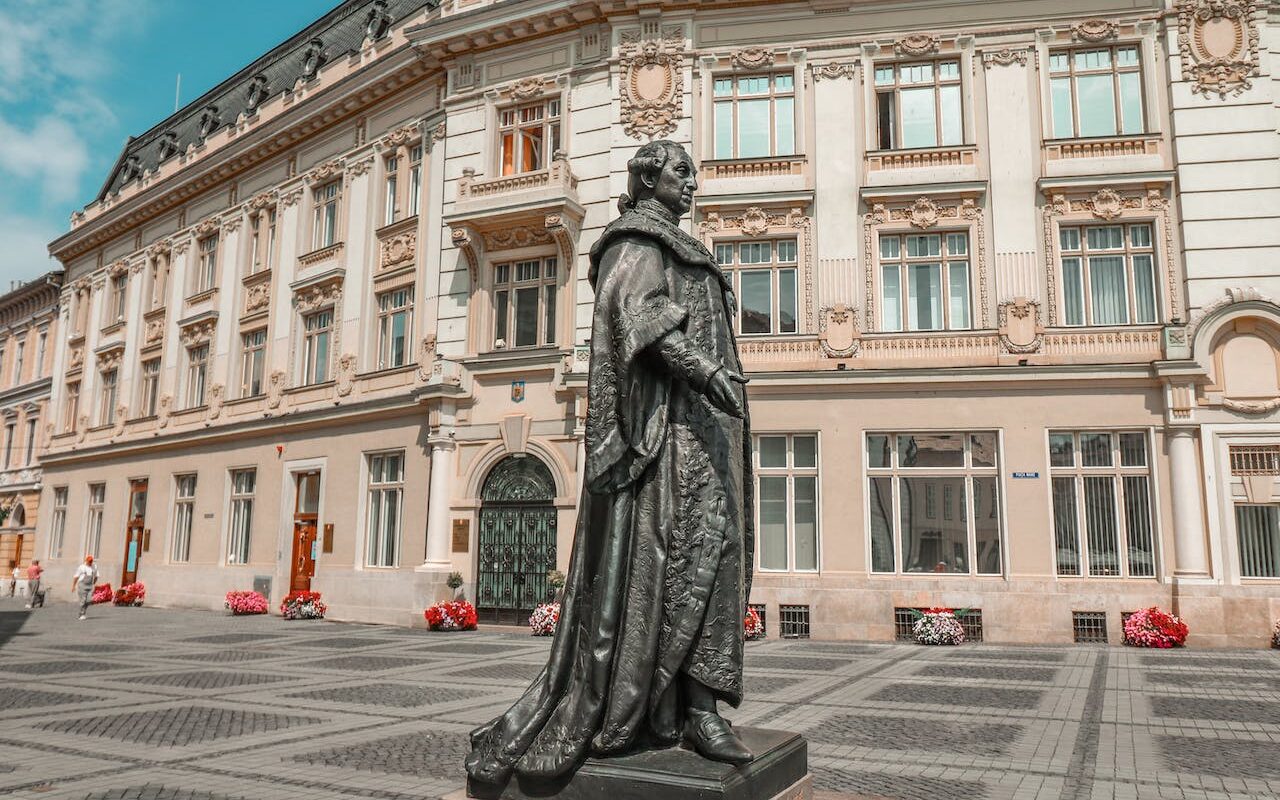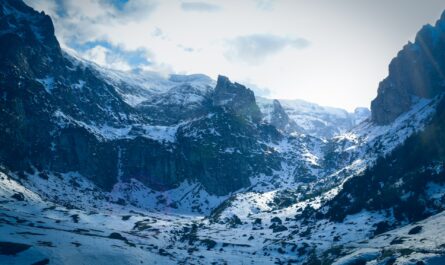Transylvania, located in the heart of Romania, beckons with its enchanting landscapes, rich history, and mythical allure. Beyond the tales of Dracula that have captivated imaginations worldwide, Transylvania is a region that unfolds a tapestry of cultural diversity, medieval architecture, and natural wonders. In this article, we will embark on a journey through the captivating realm of Romania’s Transylvania, exploring its history, traditions, and the magical charm that sets it apart.
Historical Background
Transylvania’s history is as intricate as the architecture that adorns its cities. Home to a fascinating mix of influences, the region has been shaped by Roman, Hungarian, Saxon, and Ottoman cultures. The medieval towns of Sibiu, Brasov, and Cluj-Napoca still echo with the footsteps of bygone eras, their cobblestone streets leading to well-preserved castles and fortifications.
One of Transylvania’s most iconic landmarks is Bran Castle, often associated with the legendary Dracula. While the connection to Bram Stoker’s fictional character is tenuous at best, the castle’s imposing presence atop a rocky hill is very real. Visitors can explore its winding corridors and rooms, gaining insights into the region’s history and the life of Vlad the Impaler, the historical figure who inspired Dracula.
Architectural Marvels
Transylvania boasts an impressive array of architectural marvels, each telling a tale of the region’s complex past. Sibiu, a city with a distinct Germanic influence, showcases colorful houses, medieval squares, and the imposing Council Tower. The fortified churches of Biertan and Viscri, both UNESCO World Heritage Sites, stand as testaments to Transylvania’s medieval defensive architecture.
The city of Brasov, enveloped by the Carpathian Mountains, is another gem of Transylvania. Its Black Church, a colossal Gothic structure, dominates the skyline, while the Council Square bustles with life, surrounded by baroque buildings and outdoor cafes. The nearby Rasnov Fortress, perched high on a rocky hill, offers panoramic views of the surrounding landscape.
Nestled amidst the picturesque landscapes of Transylvania, Carta Monastery stands as a testament to the region’s rich historical and spiritual heritage. Tucked away in the Carpathian Mountains, this medieval monastery unfolds a story of resilience, architectural elegance, and spiritual devotion.
Cultural Diversity
Transylvania’s cultural diversity is reflected not only in its architecture but also in the traditions that have been passed down through generations. The Saxons, Hungarians, and Romanians have coexisted for centuries, contributing to a rich tapestry of customs and celebrations.
The village of Viscri, for instance, provides a glimpse into traditional Saxon life. Its fortified church, a UNESCO site, is surrounded by well-preserved houses that seem frozen in time. Visitors can immerse themselves in the daily routines of the villagers and partake in age-old traditions.
Transylvania’s cultural heritage is also celebrated through its festivals. The Medieval Festival in Sibiu transports visitors back in time with jousting tournaments, period costumes, and medieval music. The Hungarian Festival in Cluj-Napoca showcases the vibrant traditions of the Hungarian community, from folk dances to culinary delights.
Natural Splendors
Beyond its cultural treasures, Transylvania’s landscapes are a feast for the eyes. The Carpathian Mountains, draped in lush forests, provide a stunning backdrop to the region. The Apuseni Mountains, known as the “Mountains of the Sunset,” are a haven for nature lovers, offering hiking trails, caves, and picturesque valleys.
The Turda Salt Mine, an underground marvel, is a testament to both nature and human ingenuity. This subterranean world features vast chambers, salt lakes, and even an amusement park. It’s a unique blend of history and modern entertainment, all beneath the earth’s surface.
Culinary Delights
Transylvania’s culinary scene is a delightful fusion of traditional flavors and influences from its diverse cultural history. Mămăligă, a type of cornmeal porridge, is a staple in Romanian cuisine and is often served as a side dish with stews or meat-based dishes. Sarmale, cabbage rolls stuffed with a mixture of pork, rice, and spices, are a festive dish enjoyed during special occasions.
A visit to Transylvania would be incomplete without indulging in local desserts. Papanasi, a type of doughnut or dumpling, is typically served with sour cream and fruit preserves. Cozonac, a sweet bread filled with nuts, cocoa, and Turkish delight, is a festive treat enjoyed during holidays.
Hidden Gems
While the more well-known landmarks draw visitors, there are hidden gems that unveil the authentic, less touristy side of Transylvania. The Turda Gorge, a natural reserve near Turda, offers breathtaking views with its towering limestone cliffs and meandering river. Hiking trails lead adventurous souls through this picturesque landscape.
For those seeking a tranquil escape, the fortified church in Cisnădioara provides a serene retreat. Set against the backdrop of the Cibin Mountains, this church is surrounded by ancient walls and is a testament to the region’s historical and spiritual significance.
Preserving Traditions
Transylvania’s charm lies not only in its past but also in its ability to preserve traditions in a rapidly changing world. The Maramures region, located in the northern part of the country, is a living museum of rural life. Wooden churches with intricate spires dot the landscape, and traditional wooden gates, each telling a story, welcome visitors to the villages.
The ongoing efforts to safeguard Transylvania’s cultural and natural heritage are evident in initiatives such as the UNESCO-listed villages with fortified churches and the commitment to sustainable tourism. These endeavors ensure that future generations can continue to experience the magic of Transylvania.
In the heart of Romania, Transylvania stands as a testament to the enduring allure of history, culture, and nature. Beyond the Dracula myth, the region unfolds a captivating narrative of diversity, resilience, and timeless beauty. From medieval castles to vibrant festivals, from fortified churches to pristine landscapes, Transylvania invites travelers to step into a world where the past and present coexist in harmony. As the sun sets over the Carpathian Mountains, casting a golden glow on the enchanting landscape, one cannot help but be captivated by the mystique of Romania’s Transylvania.




